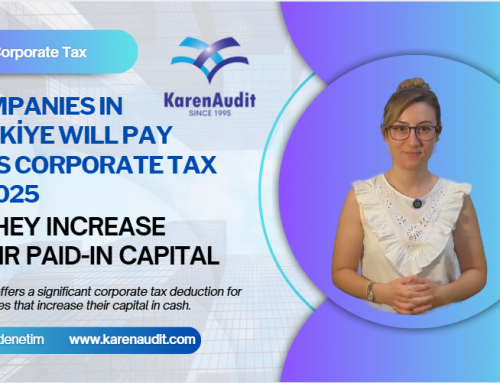May 16, 2023
Results of the pilot survey on digital platform work (2022)
Everybody knows Uber, Airbnb or Vinted. Maybe you have also booked accommodation on these websites, or sold something you no longer needed. But how many people actually work through these digital platforms? These figures were not known, until now. Therefore Statbel conducted a representative survey among 15-64-year-olds to measure how many people were working through digital platforms. To speak of employment via a platform, the worker must have worked at least one hour for one or more clients and the assignment of this work must be done through a platform (or app).
Our survey shows that 84,000 people worked at least one hour for digital platforms in the past year, which is only 1.1% of 15-64-year-olds. For 84.5% of these people, this was for only one platform. Most people worked through a platform for delivering food and other goods (Deliveroo, Uber Eats,…), sold goods online (Tweedehands, Vinted,…), worked as babysitters or provided IT services.
Time and income
More detailed questions were asked to those who worked for a platform last month. 19.2% of them worked less than 1 hour. These people were not included in the following figures. What is clear is that for most people, platforms are not something that is intensively worked for: 39.0% work between 1 and 9 hours a month for these platforms and 19.6% work 10 to 19 hours. Only 18.2% work more than 20 hours a month for a platform. The share of income is not so high either: 25.7% got no income from platforms last month, 45.2% less than a quarter of their total income.
Profile
If we look at the profile of these people, we see that the distribution between men and women (across all platforms) is pretty even. We also see an overrepresentation of highly-skilled people: 54.2% of platform workers have at least a higher education diploma, compared to 36.8% in the total population. They are slightly younger on average, and 74.8% report being employed, 16.3% are students. If we look at those who were doing platform work as a job in the reference week, we see that people mainly work through platforms as self-employed. Platform work is more common in densely populated places, and consequently, proportionally, more people living in the Brussels-Capital Region do platform work.
Social protection
It is unclear to what extent platform workers can claim social protection and other labour rights. Here, we looked at the extent to which platform workers are entitled to unemployment benefits, sick leave and benefits in the event of an accident at work.
Just over half of platform workers are not insured against accidents at work, 65.8% are not entitled to sickness benefits and 72.5% cannot receive unemployment benefits. Those who say they can still receive unemployment benefits may do so mainly through the platform itself, rather than through another job or insurance. Insurance against sickness and accidents at work, on the other hand, is mostly through another job or an additional insurance. Less than 1% do not know whether they are insured. If we take the three social protection measures together, we see that 41.6% are not protected against anything (not against unemployment, sickness and accidents at work). 15.4% have all three insurances. 43% have one or two insurances.
Working conditions
The working conditions on a platform are also not always clear: to what extent does the algorithm give everyone a fair chance to accept a task? The vast majority of our respondents indicate that they can choose tasks themselves (58.7%) and that they can refuse tasks without consequences (70.8%). 4.0% indicated that they cannot refuse tasks because then they run the risk of no longer being allowed to work for the platform, and 20.5% indicated that if they refuse tasks, for example, they get less attractive tasks afterwards. So there is a small group for whom platforms give less freedom.
70.0% also indicate that they are free to determine their working hours and 59.4% indicate that they can set their own price. On the other hand, there is also 9.7% for whom the working hours are completely determined by the platform and 24.2% for whom the price is completely set by the platform.
Source: STATBEL
Legal Notice: The information in this article is intended for information purposes only. It is not intended for professional information purposes specific to a person or an institution. Every institution has different requirements because of its own circumstances even though they bear a resemblance to each other. Consequently, it is your interest to consult on an expert before taking a decision based on information stated in this article and putting into practice. Neither Karen Audit nor related person or institutions are not responsible for any damages or losses that might occur in consequence of the use of the information in this article by private or formal, real or legal person and institutions.






